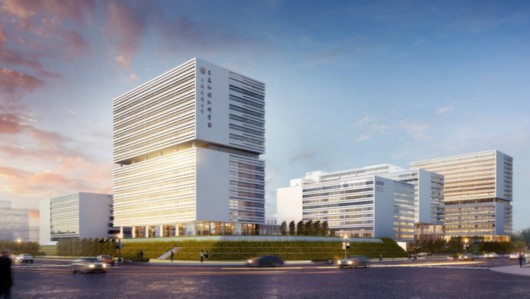
Turning the DNA replication process into amolecular movie, using genomic methods to design high-strength lightweight
materials, and employing synchrotron radiation for fractional laser treatmentfor tumors - all of these
cutting-edge innovations will soon be made possible by the Zhangjiang Comprehensive
National Science Center.
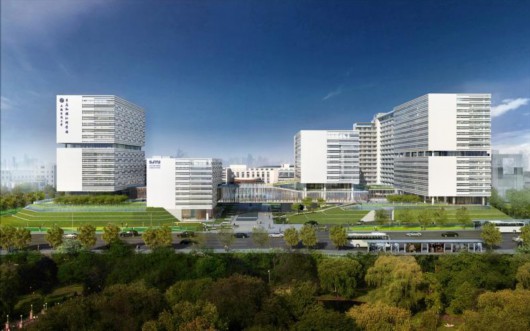
The construction of the Zhangjiang campus of Shanghai Jiaotong University, or the SJTU Zhangjiang Science Park, officially began yesterday (April 12). Three science centers and two innovation platforms will emerge next year, east of the Shanghai Synchrotron Radiation Facility, and south of the Shanghai Academy of Science and Technology. More than 1,000 scientific research talents will gather in this science campus, which covers an area of over 50 mu (8.24 acres) and has a gross floor area of 1 million square meters.
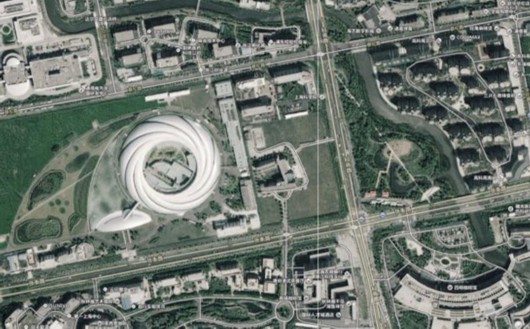
At the intersection of Zhanghen Road and Keyuan Roan, where the China Eastern Information Security Industry Park (CEISIP) and School of Information Security Engineering of Jiaotong University are located, multiple new facilities for scientific research purposes are scheduled to be completed by the end of next year and put into operation in 2020.
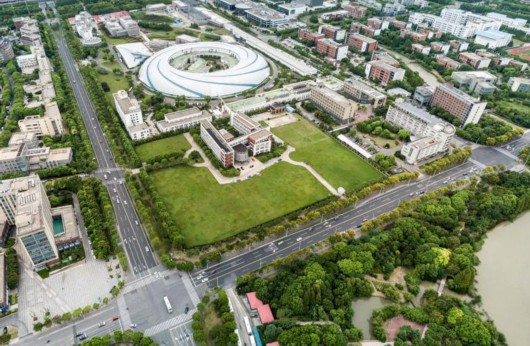
According
to Zhang Ansheng, deputy principal of Shanghai Jiaotong University, the three
science centers and two innovation platforms will host the Ultrafast Science Center,
Materials Genome Initiative Centre, Synchrotron Radiation Diagnostics and
Treatment and Medical Imaging Science Center, International Synthetic Biology
and Health Research Innovation Platform, and Cyberspace Security Innovation
Platform. Together these will accommodate more than 1,200 scientific research personnel,
including teachers, technicians and
postdoctoral researchers. This move aims to bring together more top scientists in
the Zhangjiang High-tech Park, further driving breakthroughs in such
cutting-edge cross-disciplinary areas as physics, materials, biology,
medication and network.
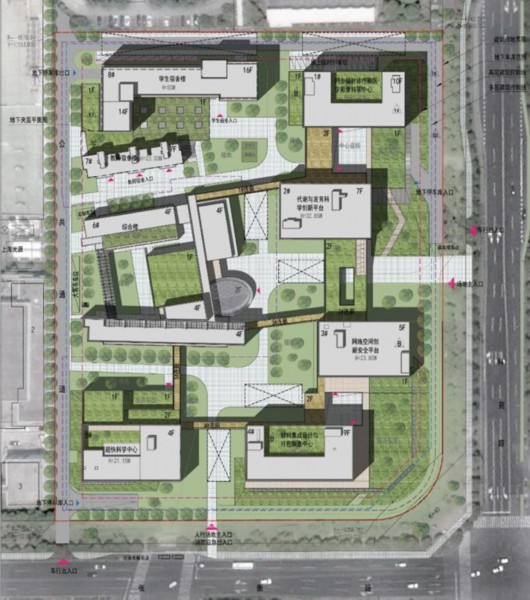
The
Zhangjiang Science Park of Shanghai Jiaotong University will boast a series of cutting-edge
scientific innovations. For
example, ultrafast electron and
x-ray probes will be at the
core of the Ultrafast Science Center’s
efforts to develop
into a large-scale comprehensive and integrated scientific research center.
According to a Shanghai Observer reporter, more than 40 scientists have been
awarded the Nobel Prize for their explorations of micro-structures, using x-ray, electronand neutron probes.
The Ultrafast Science Center, along with other major national scientific facilities like the X-Ray Free Electron Laser and Ultra Short and Ultra Intense Laser Device, and the National Center for Protein Science is expected to create a cluster effect in Zhangjiang and boost development in manydisciplines.
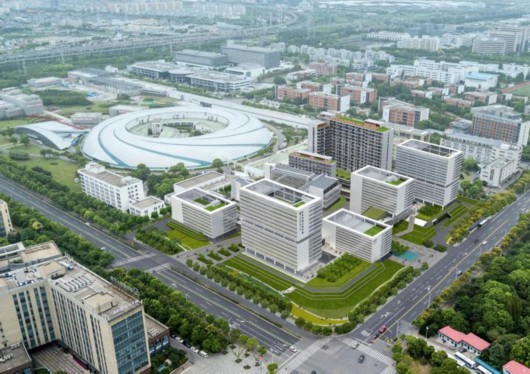
Meanwhile,
the Synchrotron Radiation Diagnostics and Treatment and Medical Imaging Science
Center will build the first experimental end station for medical applications
of Synchrotron Radiation and MicrobeamRadiation Therapy (MRT), which will directly
benefit the public’s
health. The center also plans to build Synchrotron Radiation-based clinical
medical centers in cooperation with multiple hospitals, including Shanghai East Hospital, as
well as cooperating with Shanghai United Imaging in the research of advanced imaging technologies
for application in real-time navigation in precision treatments.
In
order to align its efforts withthe city’s goal
of growing into a global innovation center, apart from the Zhangjiang
Science Park, Shanghai Jiaotong University is also building the Tsung-Dao Lee Institute (TDLI) and planning to set up a
Pudong campus for its School of Medicine.
